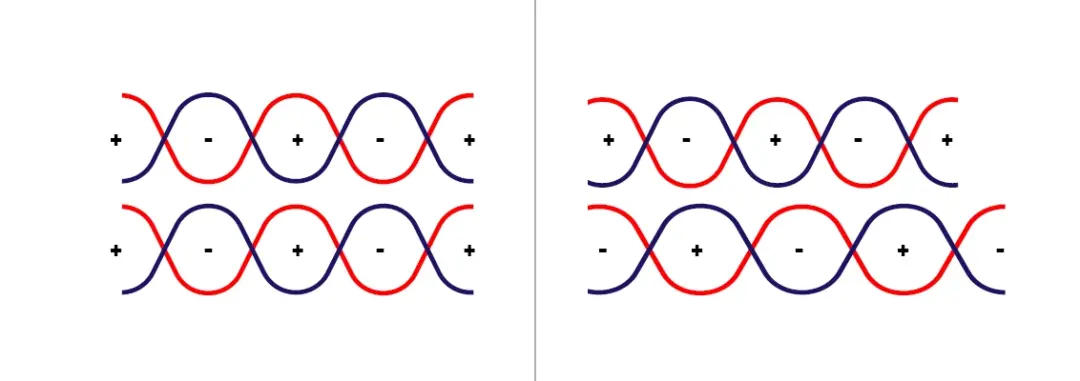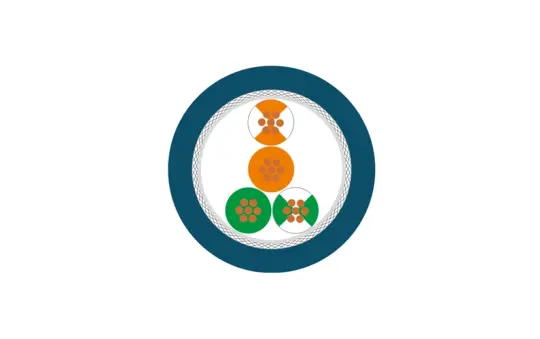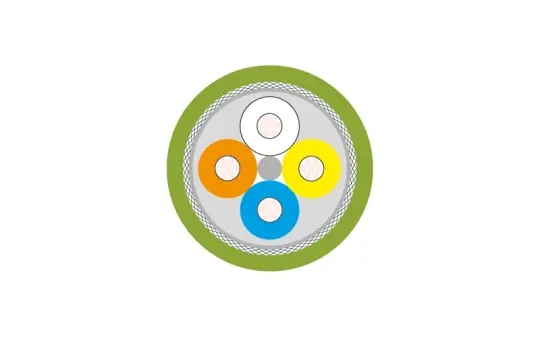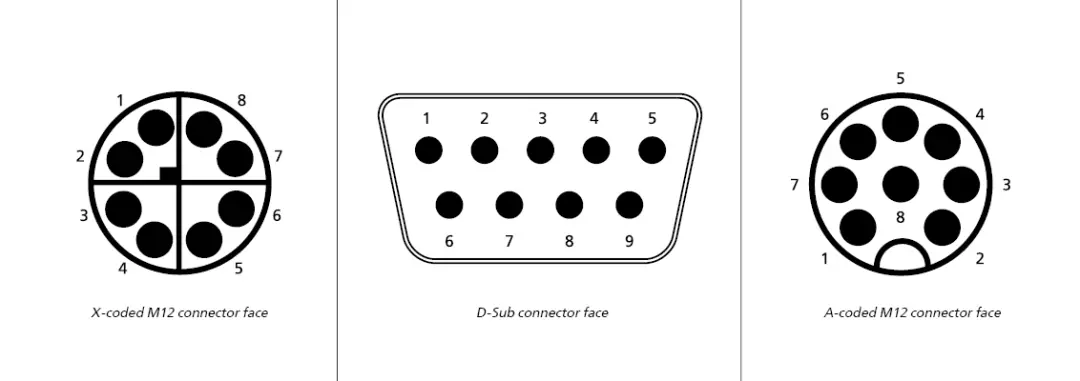All cables and wires that contribute in any way to communications are commonly referred to as data cables. However, there are significant differences, such as the completely different structures of copper and fiber optic cables. Copper data cables come in many different types, such as low-frequency cables, coaxial cables, telephone cables, bus cables, various Ethernet systems, or microwave cables for special applications that require transmission in the gigahertz range. Selecting the wrong cable can quickly lead to costly disruptions and errors.
In general, data cables are low capacity cables. This means that as little electrical energy as possible is stored in the cable during data transmission. This electrical energy has a negative effect on signal quality. The capacity partly depends on the insulation material of the cable. Modern bus and Ethernet cables mainly use materials such as PE (polyethylene) or PP (polypropylene), which provide particularly good insulation, which is determined by measuring the dielectric constant (εr). The lower this value, the better the material insulates and the lower the capacity of the cable. This allows thinner insulation to be used with the same dielectric strength.




